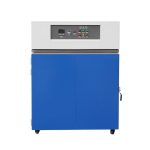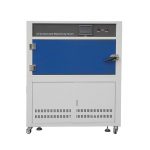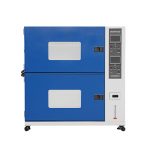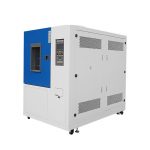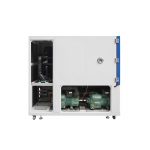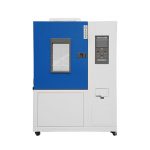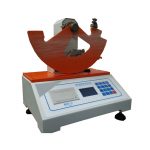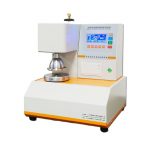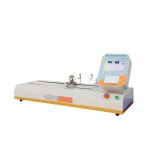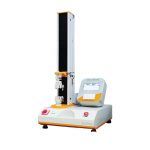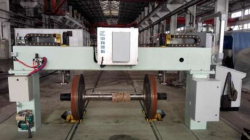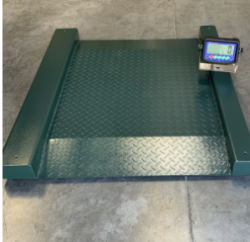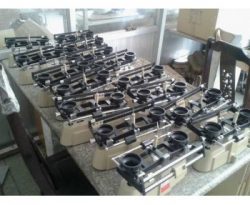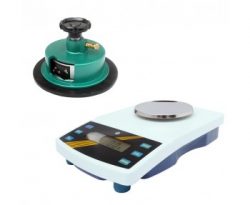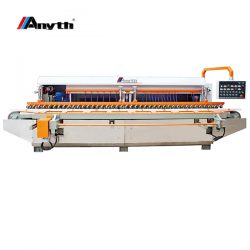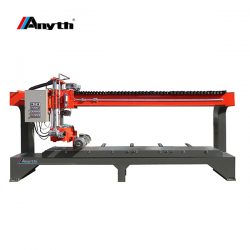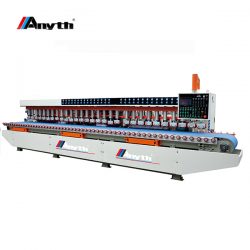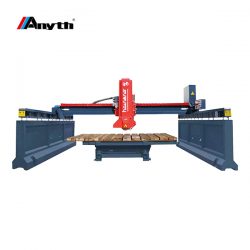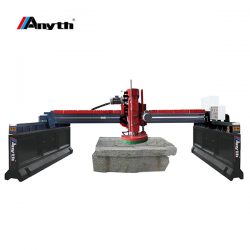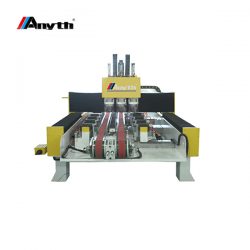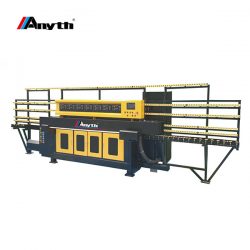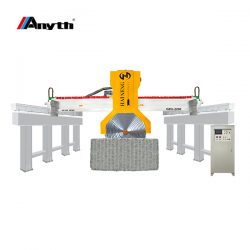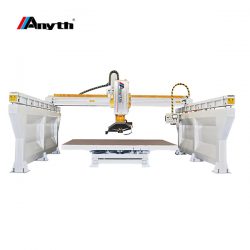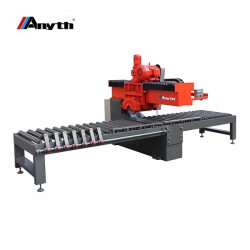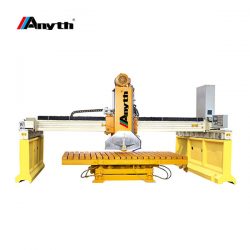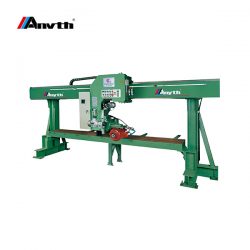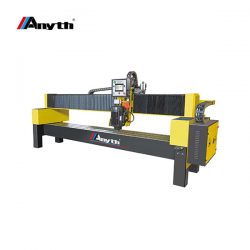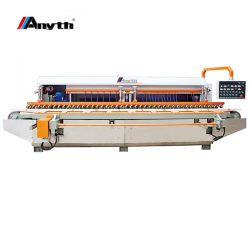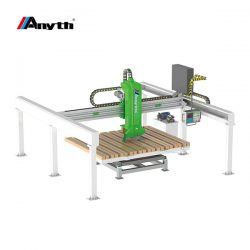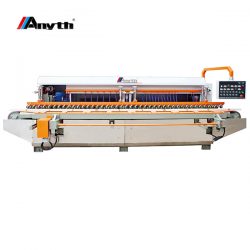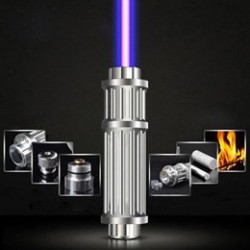Evaluating Strength and Endurance: Understanding the Box Compression Test
The box-compression-test is a crucial assessment used to measure the strength and structural integrity of corrugated boxes and other types of packaging containers. This test helps manufacturers ensure that the boxes can withstand the forces applied during stacking and storage, protecting the products inside from damage. In this article, we will explore the significance of the box compression test and its practical applications.
Understanding the Test: The box compression test is performed to determine the maximum load a container can withstand without deforming or collapsing. It measures the compressive strength of the box, which is its ability to resist external pressure. The test involves placing the box between two rigid platens and gradually applying force vertically until the box collapses or reaches the specified limit. The force applied is measured in pounds or newtons, and the test results assist in assessing the box’s stacking capability and overall structural stability.
Test Procedure: To conduct the box compression test, a box sample is placed on a flat surface between two rigid plates. The plates move towards each other at a specified speed, subjecting the box to increasing compressive force until it collapses or reaches the predetermined limit. The maximum load the box can endure before failure is recorded as the box compression strength. This value helps manufacturers determine the box’s suitability for stacking, transportation, and storage.
Applications:
-
Packaging Industry: The box compression test is an essential quality control procedure in the packaging industry. By evaluating the compression strength of corrugated boxes, manufacturers can ensure that their packaging materials can withstand the rigors of handling and transportation. This helps prevent product damage, ensuring that the goods inside reach consumers in optimal condition.
-
Warehousing and Logistics: In warehouses and logistics facilities, many boxes are stacked on top of each other, often reaching substantial heights. The box compression test allows companies to evaluate the maximum load a box can handle without collapsing or causing damage to the boxes below. By conducting this test, manufacturers can determine the safe stacking limits and design more effective packaging solutions.
-
Supply Chain Efficiency: Understanding the compression strength of boxes helps optimize supply chain efficiency. By utilizing boxes with appropriate compression strength, companies can stack more boxes vertically, maximizing storage space and reducing transportation costs. This leads to improved logistics operations, reduced wastage, and increased overall efficiency.
Conclusion: The box compression test is a critical evaluation method used in the packaging industry to determine the strength and endurance of boxes and packaging containers. By subjecting boxes to controlled compressive forces, manufacturers can assess their ability to resist deformation or collapse during stacking, transportation, and storage. This helps ensure the safe delivery of products, optimize supply chain efficiency, and reduce the risk of damage. The box compression test plays a vital role in quality control and enables manufacturers to make informed decisions about packaging design and material selection.

